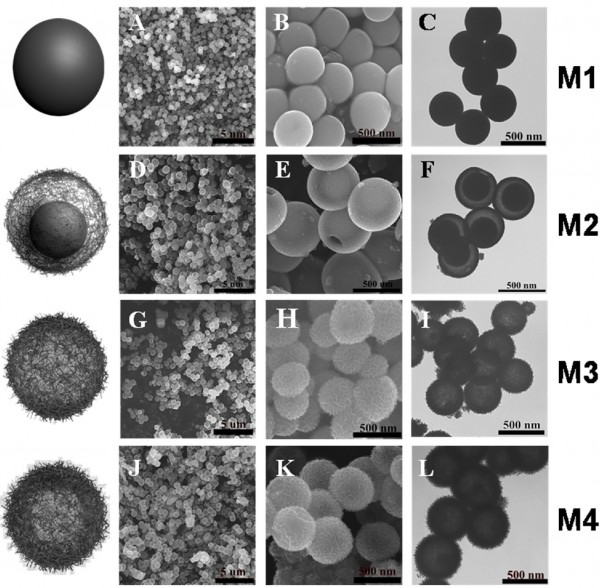分享到
Construction of Z-scheme MoSe2/CdSe hollow nanostructure with enhanced full spectrum photocatalytic activity
2019
期刊
Applied Catalysis B: Environmental

- 卷 244
- 页码 76-86
- Elsevier
- DOI: 10.1016/j.apcatb.2018.11.033



